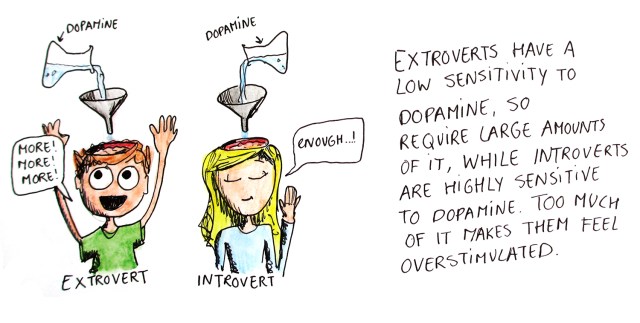I stood in the doorway to our family room after settling the kids in bed and said to my husband, Billy, “Have a minute?”
I was anxious, although I hadn’t told him. Friends of ours were divorcing after 14 years, and the end of their marriage had started me thinking about ours.
I am not even sure I waited for his answer.
I told him that I’d been thinking about our marriage and that I’d give it a solid B. Maybe even a B+ on a good day. We were good friends, had three terrific kids, and didn’t fight about money or sex or family. I told him I thought we could be an A with some small changes.
“I feel overwhelmed by the sole responsibility of our financial life and I worry about something happening to me. I’d like you to help me manage our finances,” I said. “I’d also like us to do something together. Something just for the two of us not related to the kids. Let’s take dance lessons or volunteer or something else together, just you and me.”
Billy hadn’t looked up, but that didn’t mean he wasn’t listening. We often talked this way—me outlining a plan and him surfing the web.
I waited. He still said nothing.
“What do you think?”
He looked up from his tablet. “No,” he said.
I laughed. Surely he was joking. He was always joking. “No? To which part?”
“To all of it. I’m tired of changing to try to please you. I am tired of not being enough. You knew who I was when you married me. It was good enough then; it should be good enough now. I’m not changing.”
I blinked and swallowed, trying to buy myself a minute before responding.
We’d had this argument a thousand times: me shouting for something new, chasing change, and him quietly saying no. It was the central source of tension in our relationship. Usually, I overruled him and talked him into submission. This was a bit of a stunner; to say no to working on us was a powerful statement.
I was speechless.
I turned around and tidied the kitchen. Fifteen minutes later, I went upstairs to bed.
I put myself in counseling the next week. I told the therapist that my husband and I were having marital issues, that he didn’t want to work on our marriage, and that I was there to learn how to help him change his mind. She gently explained that’s not how marital therapy (and most of life) works. “He’s either here, or he’s not. Until he’s here, we work on what you can control.”
Over the days and weeks that followed, Billy stood his ground. He had told me, throughout our marriage and the last month, that he wasn’t changing. The partnership I envisioned was not the one he wanted. I didn’t have to explain myself differently—he understood me. He simply disagreed.
With help from my therapist, I heard him. I understood that he was separate from me, with his own voice and perspective and path. I understood he wasn’t changing. I could accept that and stay, or reject it and leave.
I chose to leave.
Terrible days followed. Days when I doubled over in the frozen food aisle of the grocery store panicked that I was losing my best friend. Days when we had to tell our children news so painful that years later I can still see their faces as they heard it. But the truth, that we wanted different things and were not able to achieve those things together, never wavered.
We divorced.
Now I see that night and our relationship much more clearly. I can see the ridiculousness of my independently grading our relationship and devising a performance improvement plan. The idea that I alone knew what was best for us, never incorporating his viewpoint or acknowledging his dissent, was commonplace rather than noteworthy.
I’d become Billy’s manager rather than his partner. His steadfast refusal to change or visit a counselor belied the years of built-up anger. My controlling behaviors and his resulting resentment were threads woven as consistently through our story together as our memories of travel and our little ones’ love and laughter.
It took me a long time to get enough distance to look back on this and change my perspective. Truthfully, we are better parents separate than we were apart. Gone is the resentment of our defined roles. Gone is the quiet dysfunction that was woven through our communication. We are free from the patterns we created together that made it hard to breathe when we were together.
We are so far from that first crack that the children sometimes wonder why we divorced at all. They see us interacting easily now, chatting about movies we’re looking forward to or the new restaurant opening in town. They see the remaining positive connection and ask why we aren’t together.
Lottie asks most often because she doesn’t remember much of the time when we all occupied the same space and sometimes keenly feels the pain and complexity of living separately.
I tell her the truth.
Her dad and I are good friends and were bad partners. The divorce ended our partnership. It was very sad and painful, and we had to grieve that loss. But ultimately, separating gave us the boundaries we needed, allowing each of us to independently forge a relationship with our children and take responsibility for the direction of our individual lives. It freed us from the constant push and pull we were locked in. Years later, we could pick up the threads of the friendship and drop the weight of what wasn’t working.


































